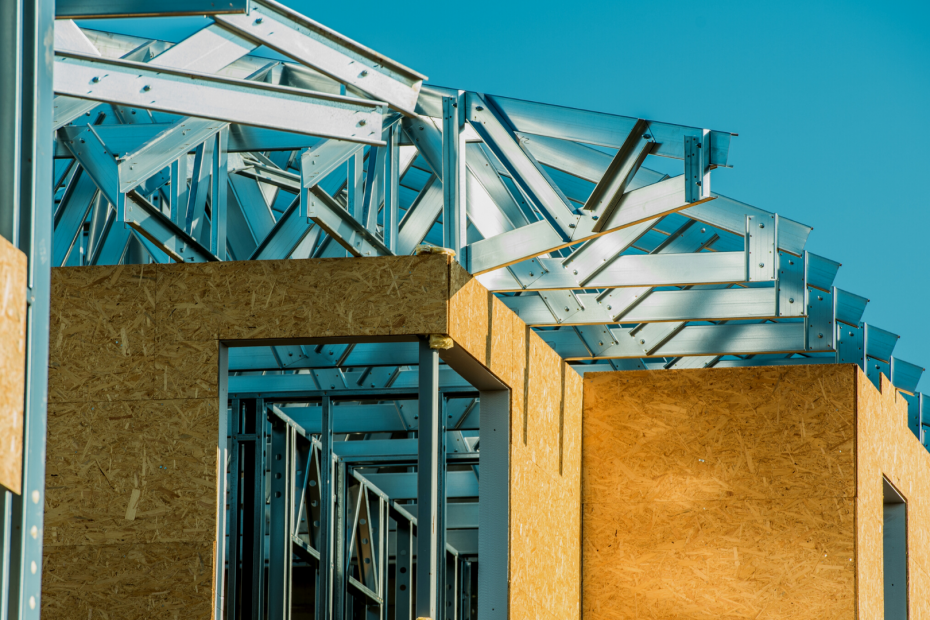Conventionally, steel is a lot stronger than wood especially in terms of toughness and strength. Its superiority as a material is beyond the one found in nature, but now there is an exception: when the wood is treated and heated simultaneously, its properties could be comparable to steel.
That is what researchers from the University of Maryland, led by Liangbing Hu, discovered. By developing a process that makes a “super wood,” they have offered a natural and inexpensive substitute for steel as well as other materials.
To be able to produce such wood, it involves boiling the natural wood in a mix of sodium hydroxide and sodium sulphite, like the process of creating wood pulp for paper.
Afterwards, the wood goes through a compression phase to collapse the walls between individual cells. While in that phase, heat is added to allow new chemical bonds, which strips out certain polymers but keeping other polymers essential to the wood’s strength as it reforms.

Much of the chemistry in the strength lies in the large numbers of hydrogen atoms bonding to nanofibers of cellulose, which are present in the structure of natural wood.
While the chemistry behind it is quite complex, the researchers say that the process is not only simple but also inexpensive. Other researchers have concluded that the new method is also flexible in different varieties of wood.
Ultimately, the result is a wood that is strong, hard, tough, light, dense, resistant to compression and scratches, and moisture-protected.

“This new way to treat wood makes it 12 times stronger than natural wood and 10 times tougher,” says senior researcher Hu, an associate professor of materials science and engineering and a member of the Maryland Energy Innovation Institute.
“This could be a competitor to steel or even titanium alloys, it is so strong and durable. It’s also comparable to carbon fiber, but much less expensive.”
“It is both strong and tough, which is a combination not usually found in nature,” shares another researcher Teng Li.
“It is as strong as steel, but six times lighter. It takes 10 times more energy to fracture than natural wood. It can even be bent and molded at the beginning of the process.”
Applications of this super wood cover construction, car manufacturing, and armor plating.
Sources: Science Alert | University of Maryland
Top photo is stock photo.
An earlier version of this article was posted over GineersNow.
